Driving "Wave" on the shore of the enemy. Part two
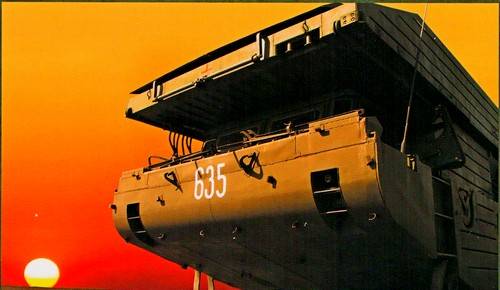
The experience of using the Volna machine in the troops showed that, having a wheeled drive, it very often slipped on swampy, sandy and high banks of the river. And it took considerable skill of the driver to drive on a solid road. In addition, it was not easy to repair aluminum pontoons and the hull in field army workshops. In addition, this ferry, like other types of ferries, had an insufficient speed of movement on water due to the high resistance of the water, due to the significant deepening of the hull and running gear into the water. A large draft of ferries along the chassis also made loading and unloading difficult tanks and other heavy military equipment in the conditions of small slopes of the bottom off the coast.
Therefore, the engineers of the Chief Designer Department №2 received a new task: to create a tracked machine from steel. The best heads of the department went to brainstorm, and the decision was made. They changed the design of the upper pontoon opening system, it became possible to independently dump the upper and lower pontoons on the railway platform, i.e., transport the pontoons and the vehicle body separately. For the base of the new machine that received the index PMM - 2, took a tracked floating conveyor PTS - 2M.
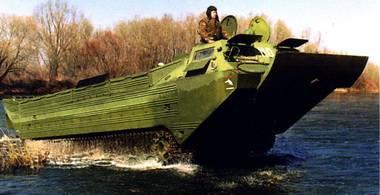
The prototype for this car was a floating conveyor PTS - 65, created by the plant in 1950-s. and transferred for production at the Lugansk Diesel Locomotive Plant in 1961. The chassis of the PTS - 2M was in turn borrowed from the heavy tractor MT - T produced by the Kharkov plant to them. Malysheva.
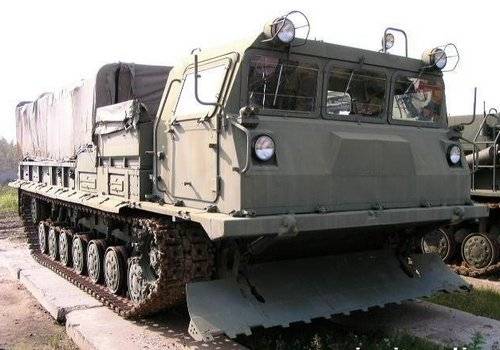
For movement on water, the car was equipped with two screw propellers, which were located in the nozzles and were located in special niches on the stern of the vehicle when driving on land. The course on water was kept by a wheel, and at sharp turn on water screws could turn on one on the forward course, another - on back.
Structurally, the PMM-2 ferry consists of a tracked floating conveyor with a waterproof hull of the deck structure connected to the hull of two additional pontoons (called colloquially “boats”), with entry ramps, docking devices and carriageways. In the transport position, the pontoons are located on the car body one above the other.
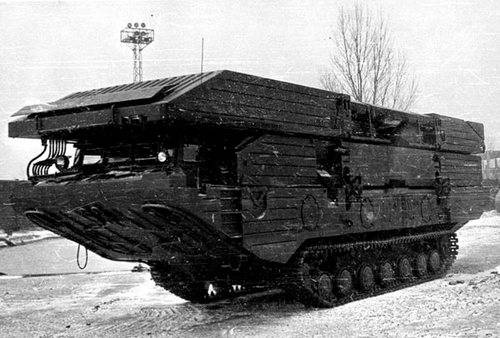
After the vehicle enters the water (the machine is able to float with the pontoons in the transport position) or before entering the water by means of hydraulics, the pontoons leans to the sides, forming a three-stage steam. The ferry has a triple cabin with a filtering unit, a radio station and an internal intercom. A two-channel jet propulsion unit (i.e., there are two propellers in the back of the tunnels), which allows the ferry on the water to provide high maneuverability.
By the summer of 1974, two prototypes of the ferry-bridge vehicle, which had serial numbers 40927 and 40929, were ready. Also, like the "Wave - 1" on a wheeled course, the new machine had the main elements: the hull (leading car), the lower and upper boats (pontoons). All the main elements of the hull and boats are made of steel. The machine was controlled on land and on water, as well as the opening of boats and ramps was carried out from the cabin by a driver mechanic. Locking of butt devices was done manually.
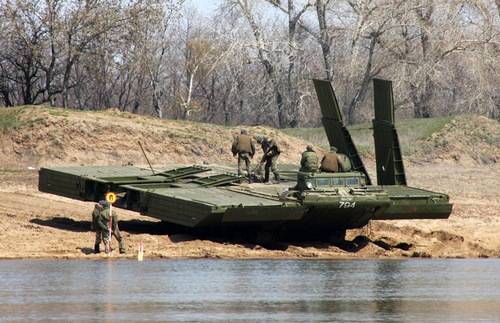
An experimental set of transitional links was also made for connecting the “Wave” with the links of the PMP park. The transitional link was a pontoon with a carriageway, the transom of which is equipped with connecting devices for connecting with the Volna - 2 machine and the river link of the PMP park.
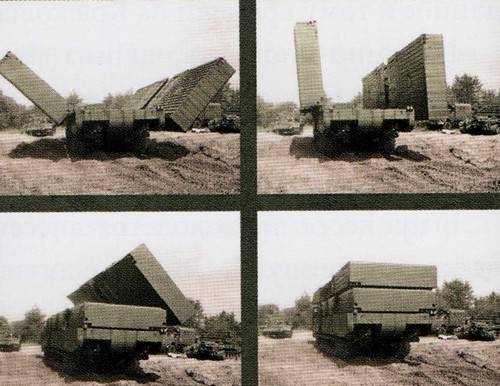
On the basis of the order of the head of the enterprise of the PO Box G - 4639 (for reasons of secrecy, this is what the Kryukovsky Car Building Plant documentation referred to in the documentation related to engineering equipment), a commission for testing was set up. Boris Kosyanenko, the plant’s chief engineer, became its chairman, Yevgeny Lentsius, chief designer of OGK-2, and his deputy, Viktor Vlaskin, became deputies. The customer was represented by the deputy senior military representative Anatoly Panteleev and the senior researcher of the military unit 12093 (Scientific Research Institute of Engineering Troops) Vladimir Zhabrov.
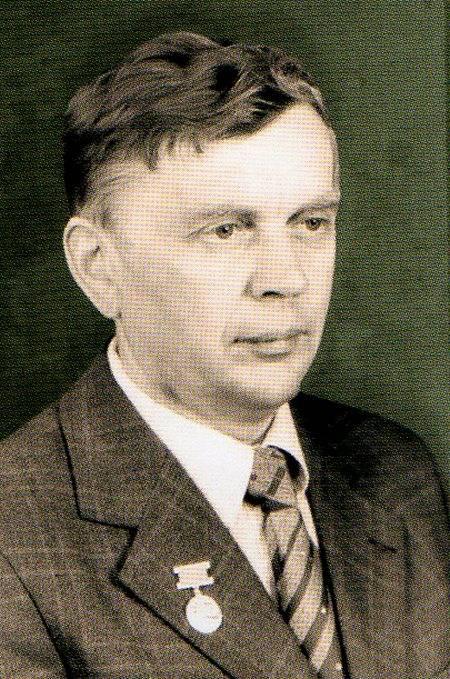
Tests were conducted in the Kremenchug area. Road runs - on field roads day and night, in different weather conditions. On the water - in the floodplain of the Dnieper River. At the factory, the loading and fastening of the machine on the railway platform with the preliminary unloading of boats was worked out. The maintenance and repair of the PMM - 2 during the tests were done in field conditions by the crew and the working group with the help of a mobile workshop.
“The test program envisaged,” Yevgeny Lentsius recalled, “that cars must hit at least 3500 km. I must say that the car with the number 40929 dashed 4142 km. Of these, on unpaved roads 4068 and 74 for virgin lands and coastal areas. There were two forced marches on 125 km, night run with NVG devices, and also a march on 150 km. ”
On the water, the car was tested for acceptance of the 40 cargo with the ferry on the bottom. The cargo was loaded onto the vehicle in 12 t (KrAZ vehicle - 255Б) and then the PMM - 2 entered the water with it and left the water. Tried the machine and in the composition of the floating bridge, which consisted directly from the PMM - 2, transitional links and serial links PMP. On the bridge, tanks T - 64 and 50-ton ICs - 3 passed. It should be noted that the vehicles and the set of transition units survived the number of passages of tanks across the bridge specified by the program - 30 times.
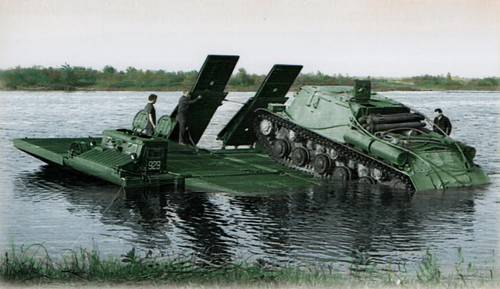
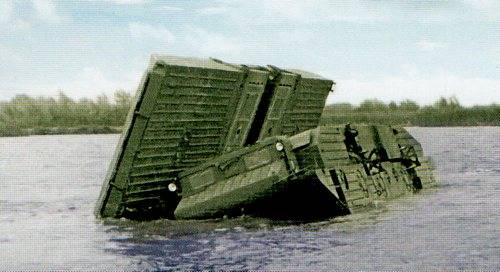
The tests continued from June 1974 to April 1975. Prototypes were able to withstand the total amount of tests. Evgeny Evgenyevich Lenzius walked a birthday man. Already on the basis of the first tests it was clear: the car turned out great. Although minor shortcomings were identified, which were quickly eliminated, knots were amplified, etc. The commission on test results drew up an act in which it recommended to allow the machine to be used for troop testing.
From April to November, 1976 was already in control tests with 4 machines. They were tested at elevated speeds of flow in the area of the town of Salyana in Azerbaijan, in a hot climate in the city of Chardzhou in Turkmenistan and in sea conditions in the region of the Donuzlav Spit in the Crimea region. On one of the prototypes, instead of the boats, a link of the coastal bridge machine “Lin” was developed, which was developed at that time at the KVZ.
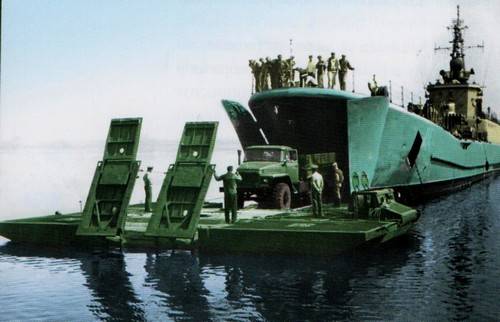
In addition, the car was tested for frost resistance. Passed the test in Zagorsk, for Moscow. There was created a large freezer, where the car was placed entirely. There she stood for a week at a temperature of minus 40 hail. A week later, the camera opened. Test driver Nikolay Lynnik started to start the engine, but he wasn’t at all!
“I immediately realized that the oil had thickened,” Lynnik recalled. - And, indeed, from such a cold, it turned into marmalade. Although used what is necessary. It became clear that it should be changed. But this later, but what now - do you need to take the car out? Rescued working savvy. Designer Yuri Artyushenko began to heat the oil with a lamp, and then someone suggested adding kerosene to it. The motor started, and the frosty body of the car started. She slowly left the chamber, reminding at that moment the Snow Queen's carriage. ”
Thus, the ferry - bridge machine "Wave - 2" successfully passed all the tests and was recommended for adoption. And in 1980, its production began at the Krukovka Carriage Works.
In the production process, a number of design changes were made that made the car better, simplified the production technology. Thus, the air system that brakes the car was canceled and replaced with a hydraulic servo drive, a new mechanism for opening the lower pontoon was introduced, which reduced the number of hydraulic cylinders and reduced the time for preparing the ferry to work on water.
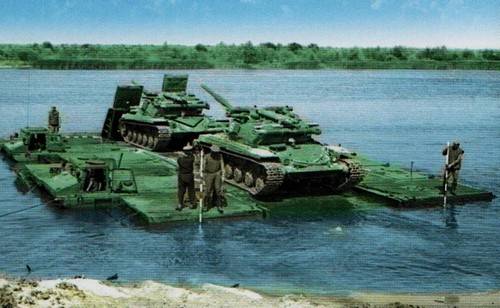
PMM - 2 or "Wave - 2" came out a wonderful machine. It embodied the thoughts of the best designers of the landing - landing technology for all the years. She moved easily by land, quickly turned into a ferry near the shore and was ready to go. Also, there was no need for docking of the semi-vapor, as it was with the GSP. The car was tracked, so it was not afraid of off-road, easily overcame sands and slopes, etc.
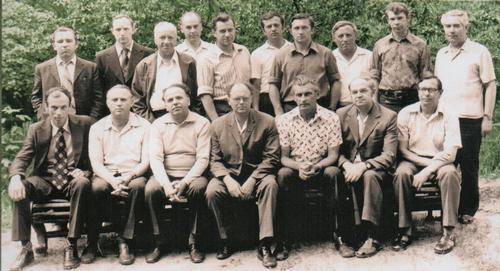
TTX ferry - bridge machine "Wave - 2"
ferry weight - 36 t;
load capacity - 40 t;
land speed - 55 km / h;
range over land - 500 km;
crew - 3 people;
length - 13380 mm;
width - 3300 mm;
height - 3800 mm;
the smallest turning radius on land is 2,75 m;
diameter of circulation on the water - 28 m;
build time - 5 min.
Of the several self-propelled PMM-2 ferries, ferries of increased capacity are collected:
Ferry from 2 PMM:
load capacity - 80 t;
ferry length - 20 m;
build time - 8 min.
Ferry from 3 PMM:
load capacity - 120 t;
ferry length - 30 m;
build time - 10 min.
However, during the development and testing of the machine, the tank industry brought the weight of the medium tank of new models to 42 tons. Robot to increase the carrying capacity up to 42,5 tons by reducing the weight and increasing the volume without reducing the buoyancy margin. The car was given the designation "Ferry - bridge machine PMM - 2M" (i.e. upgraded).
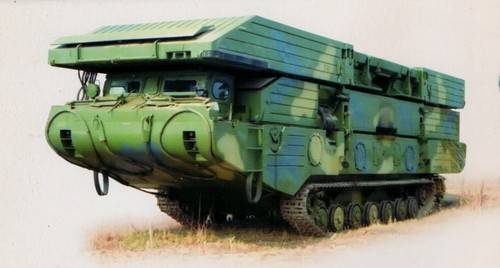
To implement all the improvements in production it was necessary to conduct tests. And for this, large material costs were needed, which could not be found. But as they say, there would be no happiness and misfortune helped: the welding shop in the production process produced a hull with deviations in the distance between the butt beams, which made it impossible to use it further. And the customer did not agree to correct the error.
In Soviet times, there was documentation of a special period for all military equipment, which included simplifying the design, replacing materials with cheaper ones, extending tolerances, etc. As a rule, this was all on paper, but was never tested in production. This and decided to take advantage.
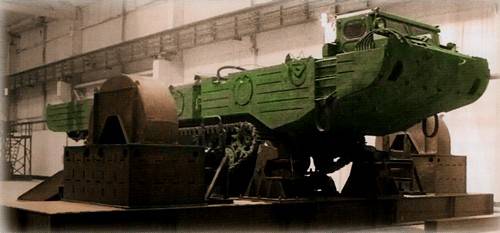
The Ministry of Defense and Mintyazhmash, naturally, with the filing of the plant and the customer’s representative, it was decided to conduct a special period exercise on the basis of the plant. Thus, one sample of PMM - 2М (factory PMM - 2М / В (military)) was made from the defective case, with the introduction of all design improvements. The machine was quickly tested, and all changes made to it were introduced into the production of the already started production of - 2M.
Thus, the two ministries were able to report to the government about the exercise, the plant found use for the defective corps, and the country received a machine with higher technical indicators.
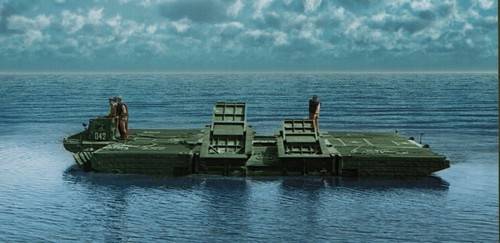
In 1985, the PMM-2M product was put into serial production. Let out the car to 1992 g.
TTH ferry - bridge machine "Wave - 2M"
ferry weight, t 36
load capacity, t 42,5
land speed, km/h 55
cruising range by land, km 500
speed on water without load, km / h 11.5
crew, people 3
length, mm 13380
width, mm 2200
height, mm 3800
smallest turning radius on land, m 2,75
circulation diameter on water, m 28
assembly time, min 5
Of the several self-propelled PMM-2M ferries, ferries of increased capacity are collected:
Ferry-bridge ferry from 2:
load capacity - 85 t;
ferry length - 20 m;
build time - 8 min.
Ferry-bridge ferry from 3:
load capacity - 127,5 t;
ferry length - 30 m;
build time - 10 min.
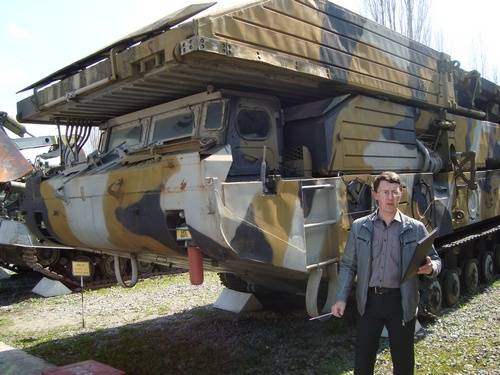
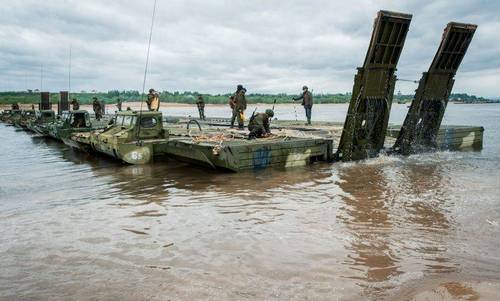
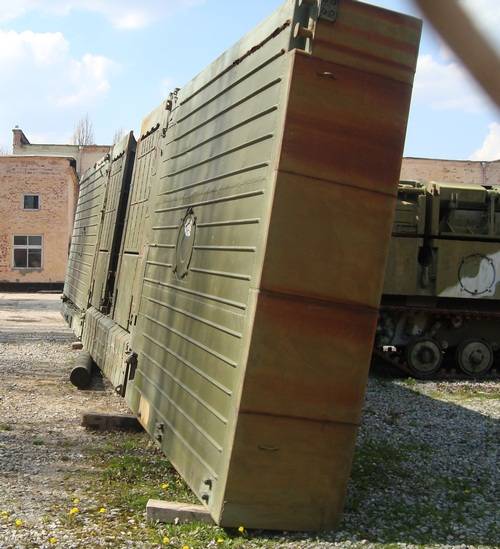
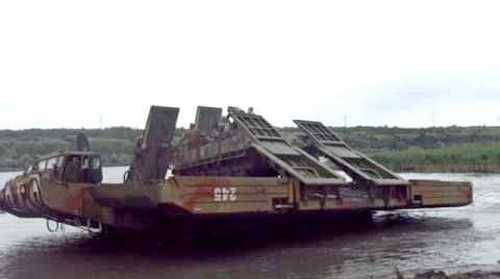
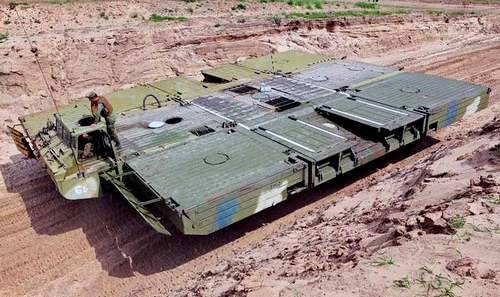
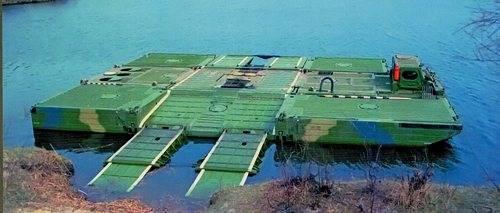
Self-propelled "Lin"
At the end of 1970, at 2, a new engineering vehicle, the 83 Lin, a coastal ferry-bridge machine, was projected on its own initiative.
Tench:
1. species of ray-finned fish of the carp family, the only representative of the lineage, freshwater fish with thick mucous body and round fins
2. thin strong hemp rope used for rigging vessels, rigging and other works
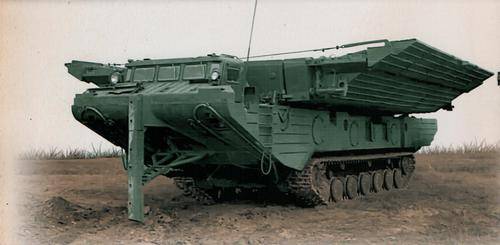
The body of the machine is the basic part of the PMM - 2. But instead of two pontoons, one collapsible pontoon was located on the deck of the Lin. With the help of a winch, cables and guide rollers, he was dropped from the car. Then this ferry with a steam device and connecting elements was attached to the PMM - 2, as well as to the pontoons - the links of the PMP park. The coastal pontoon had a powerful roadway along the deck. The deck itself was longer than 10 m, plus ramps dropped ashore.
The coastal link "Lin" was a necessary element of the floating bridge in shallow water. At the same time, the base machine was used as a boat - tug, with the help of which it was possible to reduce the installation time of the bridge with a strong river flow.
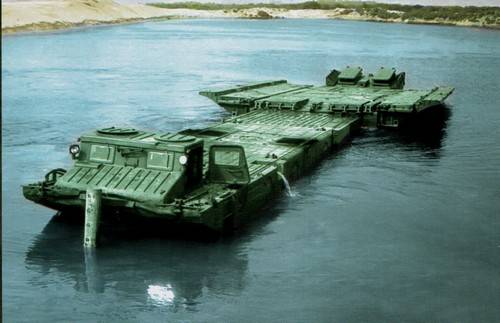
In 1978, Lin began full-scale tests in various climatic conditions. So, the winter stage of testing was carried out on the basis of the Tyumen Higher Engineering School. The weather was severe - temperature minus 50 hail. But the initial inspection of the machine did not reveal any violations of its integrity. It is time to start the engine. It was heated, but the oil system in the allotted time according to the technical conditions was not warmed up. In the cold, the butter turned into a viscous mass, similar to melted butter. It became clear that the oil tank should be equipped with a larger heat exchanger.
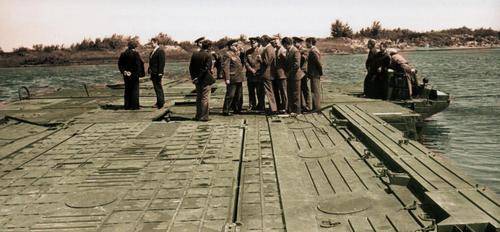
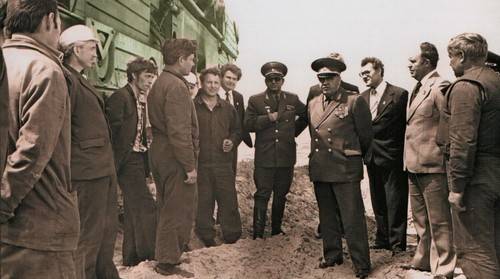
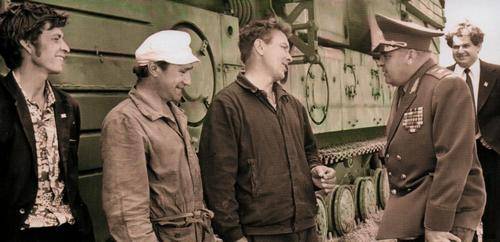
There was another problem - the transmission was overcooled, and the driver mechanic managed to disable the clutch mechanism. But he was quickly replaced, and the replacement took place at an open-air test site at a temperature of minus 43 degrees.
The product 83 "Lin" according to the results of the Tyumen tests was finalized, fully tested with a positive result, but was not accepted for service. Although there is a technical description in the book "Machinery engineering weapons." There is information that the "lin" was released in a small series for the 1980-x shock corps created at the beginning. But with the beginning of the restructuring of the corps, they disbanded, adopted a defensive doctrine, and then a small number of coastal machines were suspended. More detailed information is not available.
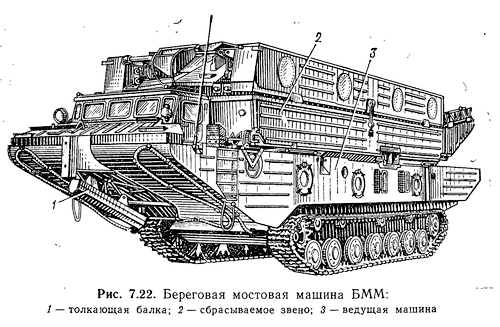
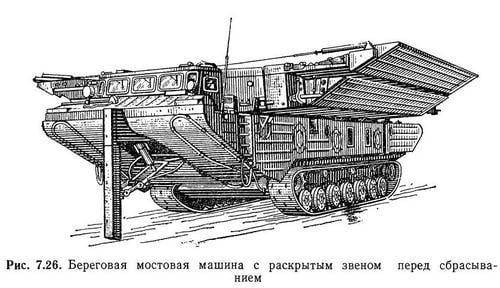
TTX BMM "Lin"
machine weight, t 36
shore carrying capacity
link in the bridge line, t 50
land speed, km/h 55
cruising range by land, km 500
speed on water without load, km / h 11,5
crew, people 3
length, mm 13450
width, mm 3300
height, mm 3795
line readiness time
to enter the bridge line, min 4 - 7
Information